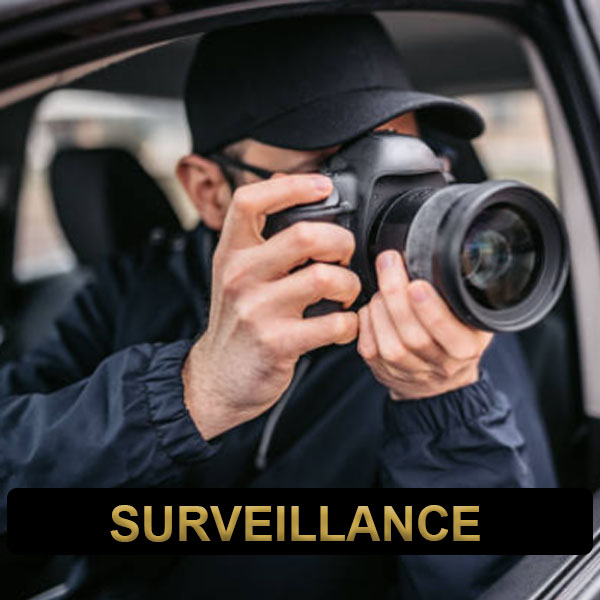MP Investigations often use a variety of equipment and strategies for surveillance to gather information discreetly. Keep in mind that the use of surveillance techniques must comply with local laws and regulations. Here are some common elements associated with MPI investigator surveillance:
Equipment Used for Surveillance:
1. Cameras:
o Hidden Cameras: Small, discreet cameras can be placed in various locations to capture footage without detection.
o Body-Worn Cameras: MPI investigators may wear hidden cameras to record interactions without raising suspicion.
o Long-Range Cameras: Used for observing subjects from a distance.
2. Binoculars/Telescopes:
o Used for observing subjects from a distance.
3. Night Vision Equipment:
o Enables surveillance in low-light conditions.
Surveillance Strategies:
- Covert Observation:
- MPI investigators often blend into the environment to avoid detection while observing the subject.
- Static Surveillance:
- Stationary surveillance from a fixed location, often using cameras or binoculars.
- Mobile Surveillance:
- Following a subject while on the move, often done in vehicles.
- Stakeouts:
- MPI investigators may spend extended periods observing a specific location.
- Counter-Surveillance:
- Taking measures to detect and counteract any surveillance being conducted on the MPI investigator.
Following in Car:
- Maintaining Distance:
- MPI investigators follow the subject’s vehicle at a safe distance to avoid detection.
- Route Planning:
- Knowing the subject’s likely routes and destinations to stay inconspicuous.
- Vehicle Changes:
- MPI may use different vehicles to reduce the chance of being recognized.
- Traffic Analysis:
- Understanding traffic patterns to maintain inconspicuous surveillance.
- Coordinated Efforts:
- Using multiple investigators or vehicles to track a subject more effectively.
